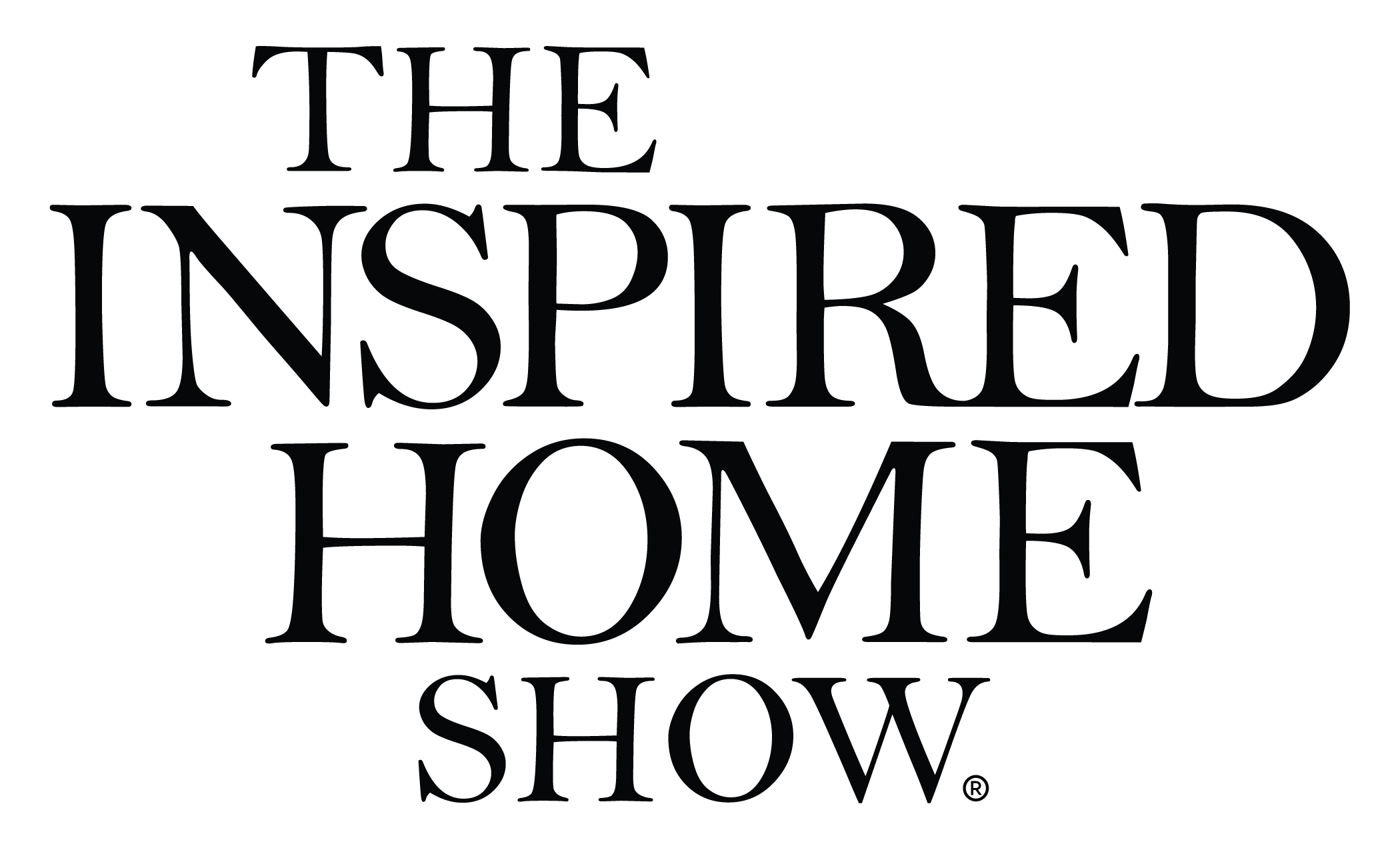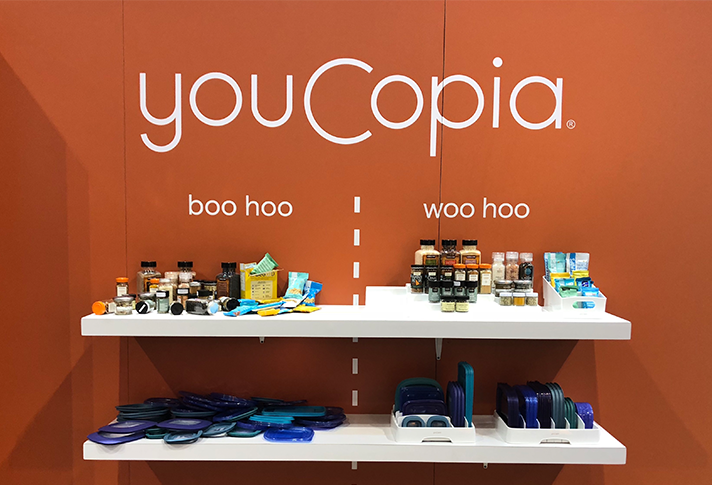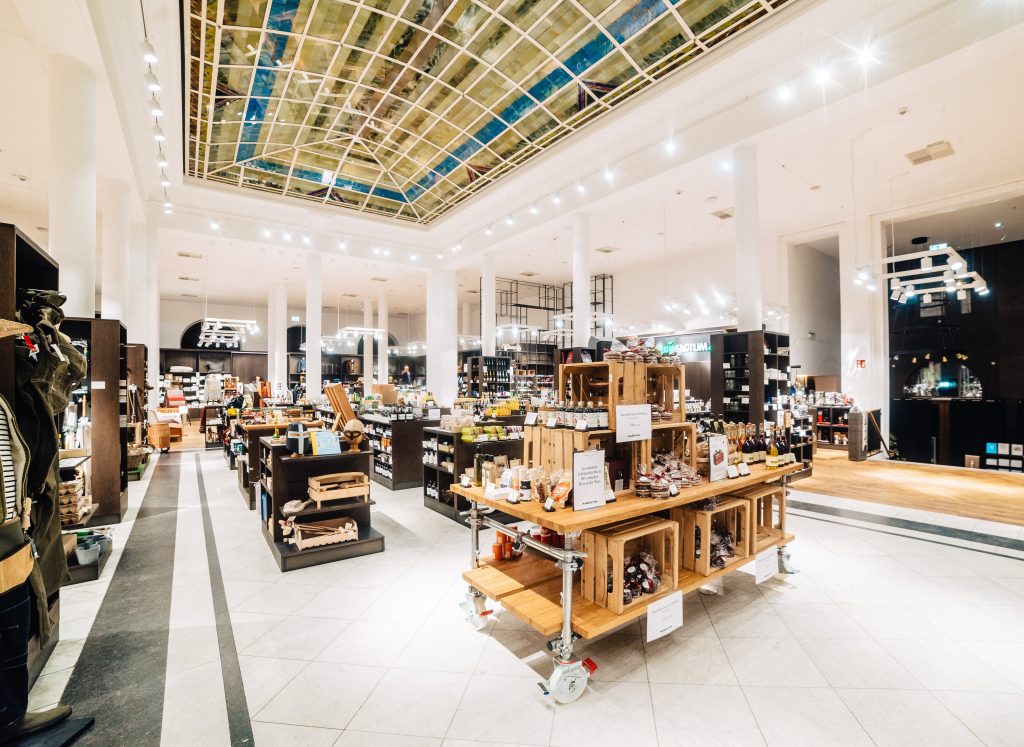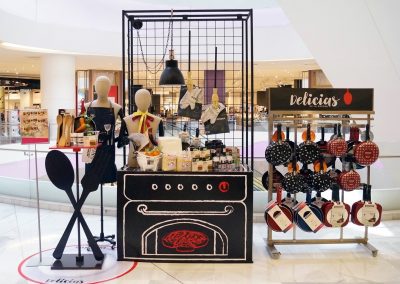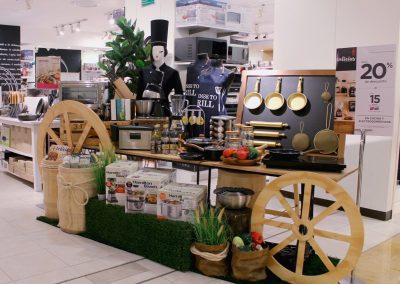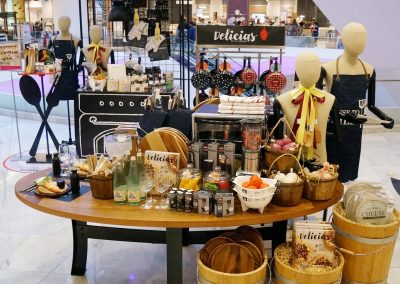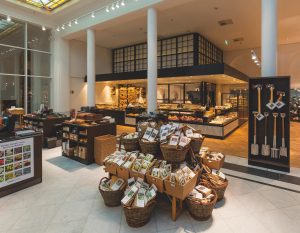by Martin M. Pegler
When is enough enough? When do you say “I have put up enough signs and repeated the message often enough so that the shopper knows there is a special promotion or event going on?” When does the Point of Purchase material start acting as a negative force rather than a sale stimulus? When—and how—do you know that you have reached your shopper’s point of saturation?
I have visited retail stores and supermarkets around the world and have always been surprised at the amount of signage generated and used to announce a clearance sale in some areas of the world. With all of their fashion sense and sophistication, one would think that Parisian department stores would know better than to create a deluge of flying paper signs overhead since they have this event annually. I have been drenched and drowned in signage—the message repeated over and over again every three feet in Hong Kong and Singapore in upscale and better merchandised shops where they should know better.
In contrast, in Santiago, Chile, I found a small discreet sign in the window and a few, well spaced small sale signs inside the store working even more effectively. Customers know when an event is on and can tell a new product is being offered without being overwhelmed. The overdoing of the paper and the over-repetitive nature of the sale presentation demeans the client’s intelligence and the value of the product being offered.
It is not much different from how much Point of Purchase material one should use to introduce a new product or to highlight improvements in an established one. Always, it would seem to me, brand name recognition should be the first and foremost reason for the POP campaign, followed up by the reasons for why the product deserves to be purchased by the shopper. POP is about getting attention—favorable attention—arousing the shopper’s interest, directing him/her to where the product is and then providing the necessary information to “sell” the product. The POP promotion should end up by reinforcing the shopper’s opinion that he/she made the right decision.
All of this has to be done with a distinctive, brand-aware look; a style, knowledge of the shopper’s needs and desires and something that leaves a memorable impression on the shopper. So, rather than bombarding the shopper with the same repetitive message placed every few feet apart overhead, the message and the brand image should be introduced, reintroduced and re-re-introduced in novel, clever, interesting and distinctive ways so that as the customer moves through the retail setting, he/she will find these cues—these novel “reminders”—and the mental image reinforcements of what is being offered and to whom.
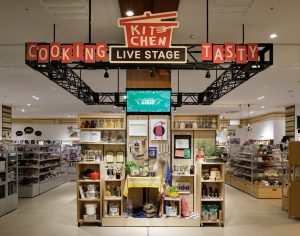
The POP promotion can start with a window display that makes the original statement, shows the product, maybe includes a giant enlargement of the package or the item and possibly even a lifestyle graphic of the product in use. A window display or an up front, in-the-aisle store display can make an indelible impression! From there lead the shopper to the on-the-floor location of the product with “clues” or “teasers,” like an occasional banner or sign, markings on the floor, overhead balloons or streamers, an on-the-aisle demonstration of the product or an opportunity, if feasible, for the shopper to try or taste the product. The POP promotion can start with a window display that makes the original statement, shows the product, maybe includes a giant enlargement of the package or the item and possibly even a lifestyle graphic of the product in use. A window display or an up front, in-the-aisle store display can make an indelible impression! From there lead the shopper to the on-the-floor location of the product with “clues” or “teasers,” like an occasional banner or sign, markings on the floor, overhead balloons or streamers, an on-the-aisle demonstration of the product or an opportunity, if feasible, for the shopper to try or taste the product.
Interaction between the potential customer and the product can make the sale. Small free samples tell shoppers that the manufacturer really believes in the product and is so sure of its value and virtues that he is willing to allow the shoppers to try it and convince themselves. The sample—if it is a miniature of the product package—serves to further reinforce the brand’s image. People respond to surprises and the unexpected so let the POP promotion be filled with unusual but striking color combinations, assorted shapes and forms (rather than the usual rectangles), squares and circles, cut outs, touches of appliqué or layering to simulate dimension and novelty materials.
Just as shoppers are intrigued by the unusual and the unexpected, so can they be turned off by the trite and the too often repeated and same old message. The mind says, “I’ve heard this and seen this before so I can really ignore it from now on.” It is like the TV commercial you have seen so many times before that when it goes on, you don’t even see or hear it anymore.
However, repetition can still be a good thing. It does mean “emphasis”—it can reinforce a name, an icon or an image, but it does have its limitations. When tempered, balanced and used with other messages and images and with elements of surprise or customer interaction, it can be an effective POP technique. Know the brand, the brand image and the potential customer, his/her lifestyle, likes and dislikes and then create the delicate balance that will work. Remember that adage about the welcome guest who outstays his welcome? It’s the same with POP presentations. Be a welcome guest and know when to stop with the sales pitch so that you will get invited back!
Martin M. Pegler is an author, editor, educator and lecturer, and has been a professor at the Fashion Institute of Technology in NY for over 30 years. He has worked with the IHA Global Innovation Awards (gia) from the beginning of the gia program in 2000 as an Expert Juror, and since 2016 as an honorary member of the gia Expert Jury.
For more Inspired magazine articles, continue reading on the IHA blog.
